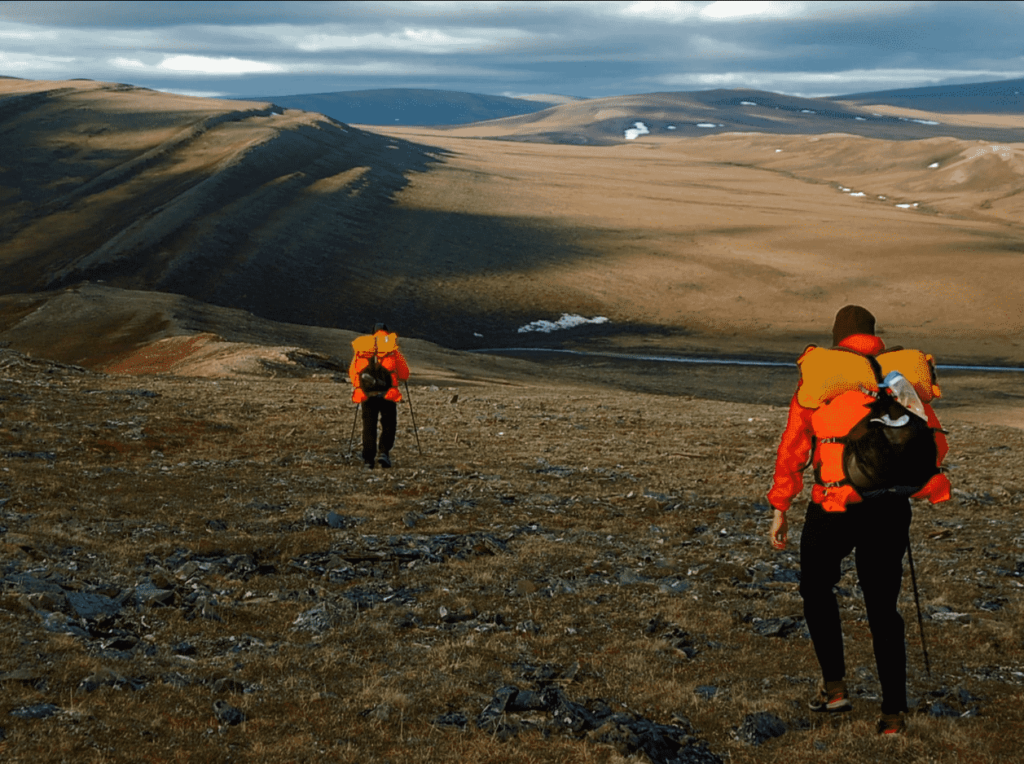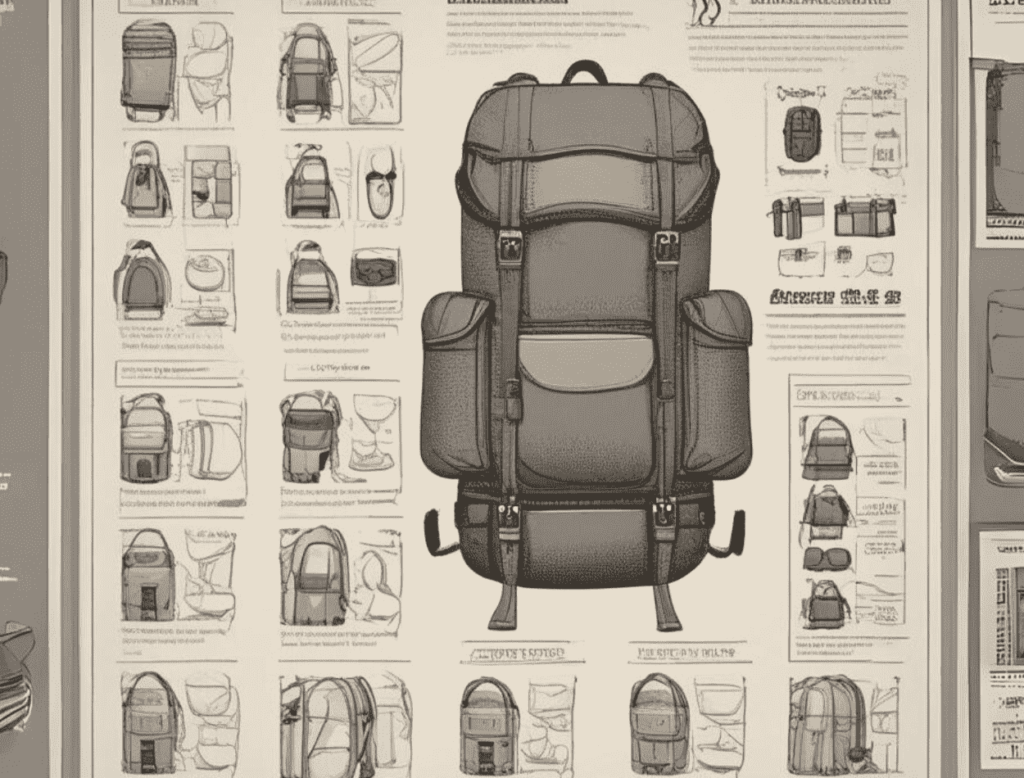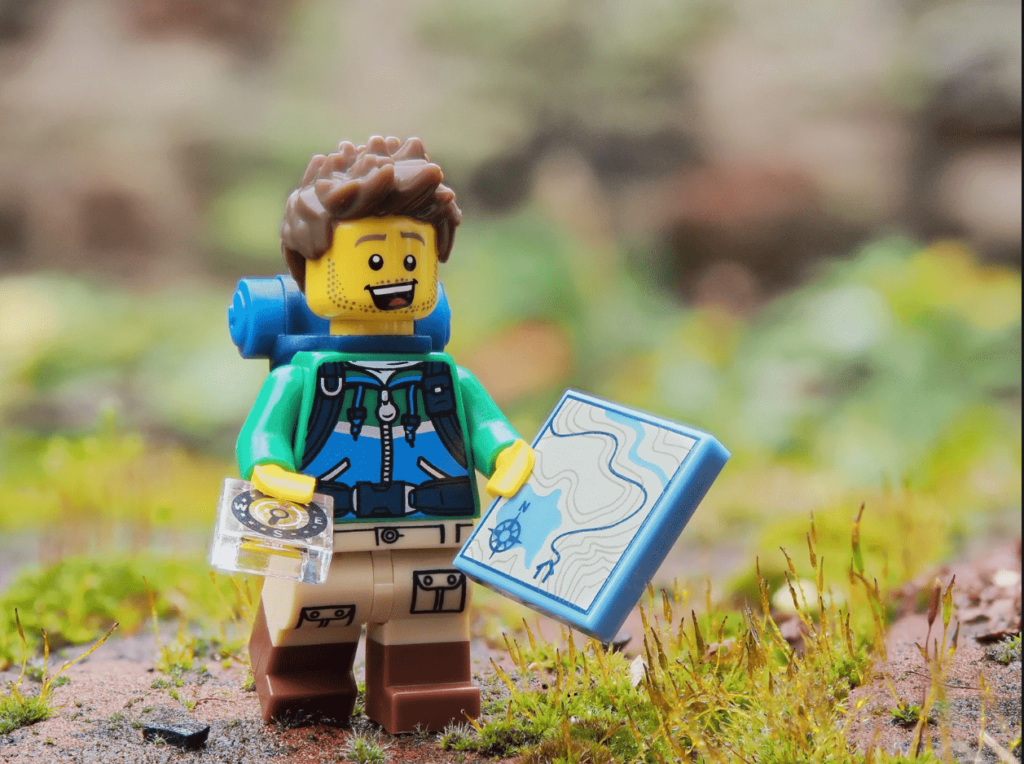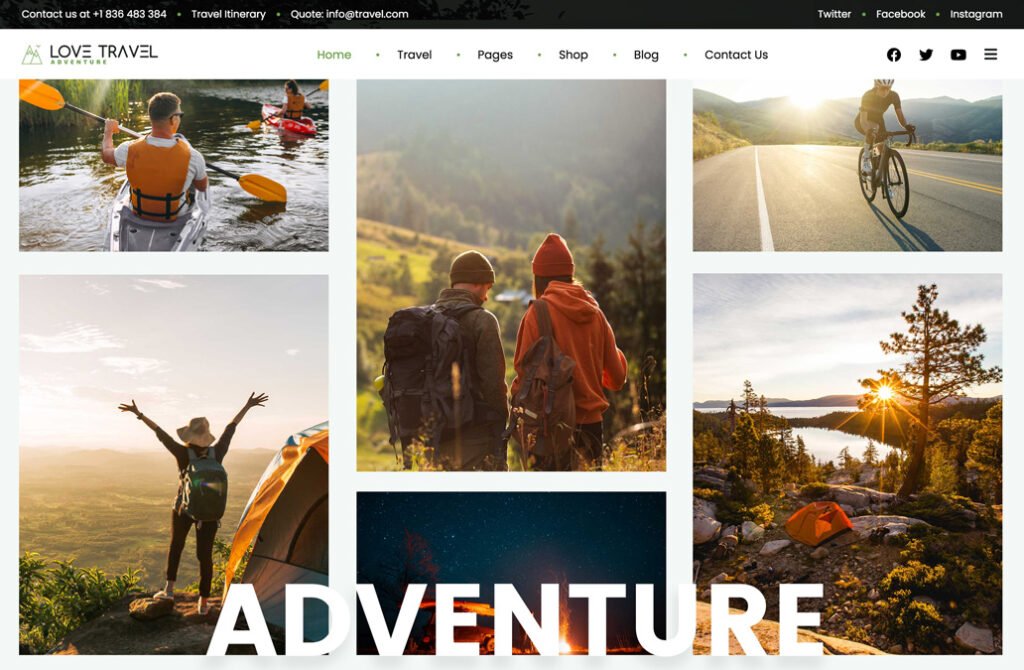Importance of physical conditioning
Physical conditioning plays a vital role in preparing yourself for a successful trekking expedition. The demanding nature of trekking requires your muscles to work continuously as you navigate through steep paths and rugged terrains. By engaging in regular physical conditioning, you can improve your endurance, strength, and overall fitness levels, which will ultimately enhance your trekking experience.
To achieve optimal physical conditioning, incorporate a combination of cardiovascular exercises, strength training, and flexibility workouts into your routine. Cardio exercises like running, cycling, or swimming will improve your cardiovascular endurance, allowing you to maintain a steady pace during long treks. Strength training exercises, such as squats, lunges, and planks, will build the necessary muscle strength needed for climbing up hills and carrying a heavy backpack. Additionally, flexibility exercises like yoga or stretching will improve your range of motion and decrease the risk of injury. Ankle mobility, which is one of the most important aspects of the overall fitness, is often overlooked. The ankles play a fundamental role in supporting the entire body weight and if you are planning on a trek, it is the one who is standing on the frontlines. Proper ankle mobility ensures a more efficient and stable gait, preventing unnecessary strain and injury to other joints, muscles, and ligaments. By neglecting this aspect, they may experience difficulties in maintaining balance, increased vulnerability to sprains, strains, and other ankle-related injuries, and a limited range of motion. Remember, a strong ankle is the one that protects you, the shoe only supports. Thus, it is essential to prioritize ankle mobility in any fitness or wellness routine, incorporating exercises and stretches specifically designed to strengthen and enhance the flexibility of the ankle joint. Remember, physical conditioning should not be rushed. Start slowly and gradually increase the intensity and duration of your workouts. This will allow your body to adapt and avoid any potential overuse injuries.
Essential gear and equipment
Now that you have taken the necessary steps to physically condition yourself for a trekking expedition, it is crucial to ensure that you have the right gear and equipment to make your journey smooth and enjoyable. Having the appropriate gear not only enhances your comfort but also ensures your safety in challenging environments. One of the most important pieces of gear is a sturdy and well-fitting pair of trekking boots. These will provide the necessary ankle support and protect your feet from blisters and injuries. Invest in a good quality waterproof backpack to carry your essentials, as well as a lightweight sleeping bag and a reliable tent for overnight stays. Don't forget to pack appropriate clothing for varying weather conditions. Layering is key, as it allows you to adjust your clothing according to temperature changes. Opt for moisture-wicking fabrics that will keep you dry and comfortable throughout the trek.
Navigation and map reading skills
While physical fitness and the right gear are essential for a successful trekking expedition, it is equally important to develop strong navigation and map reading skills. These skills will be crucial in ensuring that you stay on the right track, make informed decisions, and reach your destination safely. Before embarking on your trekking adventure, take the time to familiarize yourself with topographic maps and learn how to read them. Understand symbols, contour lines, and key features that will help you identify landmarks and navigate through different terrains. Practice using a compass to determine your direction and find your bearings. During your training hikes, use maps to plan your routes and learn to identify important landmarks such as river crossings, mountain peaks, and campsites. This will not only build your confidence but also help you develop a mental map of the surroundings. By honing your navigation and map reading skills, you will be well-prepared to tackle any challenges that may arise during your trekking expedition. Stay tuned for the next section, where we will discuss the importance of mental resilience and focus during your journey.

Tips for packing and organizing your backpack
As you gear up for your trekking expedition, it's important to ensure that your backpack is well-packed and organized. A properly packed backpack can make a world of difference in terms of comfort and accessibility during your journey. First and foremost, make a checklist of essential items that you'll need on your expedition. This may include clothing, food, water, first aid supplies, camping gear, and other personal items. Lay out all your items and assess their weight and importance. When packing your backpack, start by placing heavier items closer to your back and towards the bottom. This will help distribute the weight evenly and maintain proper balance. Pack lighter and bulkier items towards the top to prevent them from shifting and throwing off your balance. Organize your gear into separate compartments or stuff sacks to keep them organized and easily accessible. This will save you time and frustration when you need to find something quickly. Lastly, don't forget to strap or secure any additional gear, such as trekking poles or a sleeping bag, to the outside of your backpack. This will free up space inside and provide you with more carrying options. By following these tips, you'll be able to pack and organize your backpack effectively, ensuring a comfortable and hassle-free trekking expedition. Stay tuned for the next section, where we will discuss the importance of mental resilience and focus during your journey.
Proper nutrition and hydration
Maintaining proper nutrition and hydration is crucial for a successful trekking expedition. The physical demands of trekking can be intense, and it's important to fuel your body adequately to keep up with the challenge. Start by packing lightweight and high-energy foods that are easy to prepare and consume while on the move. Opt for foods that are rich in carbohydrates, such as energy bars, nuts, and dried fruits. These will provide you with a quick burst of energy and help replenish your glycogen stores. In addition to packing food, make sure to carry enough water to stay hydrated throughout your journey. Dehydration can lead to fatigue, decreased performance, and even serious health issues. Invest in a high-quality water filtration system or purification tablets to ensure a constant supply of safe drinking water. During the trek, remember to eat small and frequent meals to maintain a steady energy level. Take short breaks to refuel and hydrate, even if you don't feel thirsty. It's better to stay ahead of dehydration than to try to catch up once you start feeling its effects. By paying attention to your nutrition and hydration needs, you'll be able to perform at your best and fully enjoy the trekking expedition.
First aid and emergency preparedness
While trekking is an exhilarating adventure, it's essential to prioritize safety. First aid knowledge and emergency preparedness can make all the difference in critical situations. Before setting off on your trekking expedition, it's crucial to equip yourself with the necessary skills and tools to handle potential emergencies. Start by enrolling in a basic first aid course. This training will equip you with knowledge of treating common injuries, such as sprains, cuts, and blisters. It's also important to learn how to identify and manage more serious conditions, such as altitude sickness or hypothermia. In addition to first aid training, invest in a well-stocked first aid kit. Make sure it includes items such as bandages, antiseptic ointment, pain relievers, and any prescription medications you may need. Familiarize yourself with the contents of your kit and know how to use them effectively. Emergency preparedness is equally vital. Research the potential risks and dangers of the trekking area you'll be exploring. Familiarize yourself with evacuation routes, emergency hotlines, and nearby medical facilities. Share your trekking itinerary with someone reliable and establish a check-in system to ensure regular communication. By being proactive in your first aid and emergency preparedness, you can enjoy your trekking expedition with peace of mind, knowing that you are prepared for any unforeseen circumstances.
Mental and emotional preparation
Trekking expeditions can be physically and mentally demanding. Proper mental and emotional preparation is crucial to ensure a successful and enjoyable experience. The solitude and physical challenges of trekking can push you to your limits, testing your mental strength and resilience.
One way to mentally prepare is to set realistic expectations. Understand that trekking can be physically demanding and that you may encounter obstacles along the way. Embrace the journey and view it as an opportunity for personal growth and self-discovery.
It's also essential to mentally and emotionally prepare for the isolation and solitude that comes with trekking. Many treks take you into remote areas, away from modern distractions and comforts. Embrace the opportunity to disconnect from technology and immerse yourself in nature. Use this time to reflect, find inner peace, and recharge your mental batteries.
Another important aspect of mental and emotional preparation is staying positive and maintaining a strong mindset. During difficult moments on the trail, remind yourself of why you embarked on this trek in the first place. Stay focused on the beautiful scenery, the accomplishment of completing the journey, and the personal growth you are experiencing.












